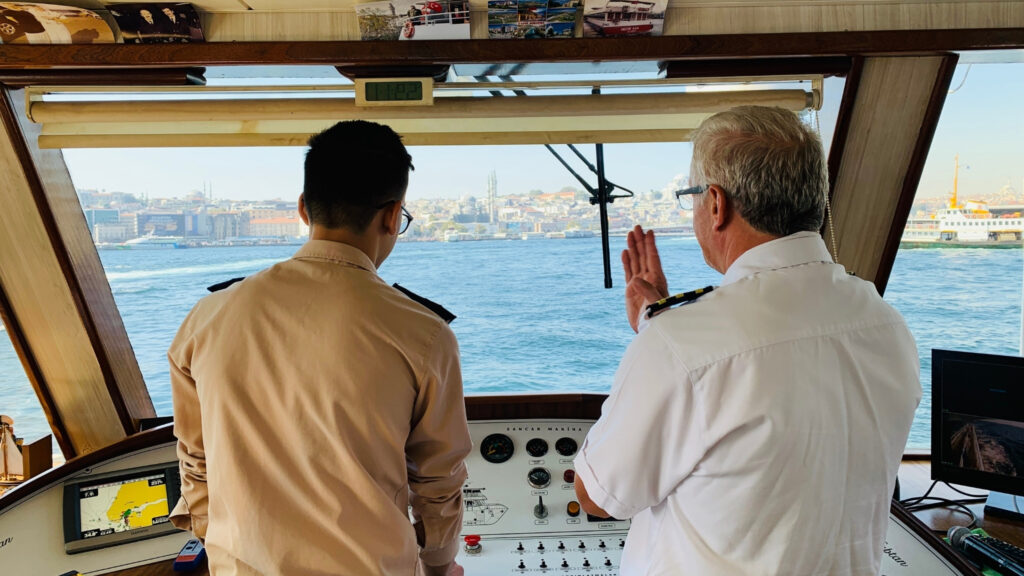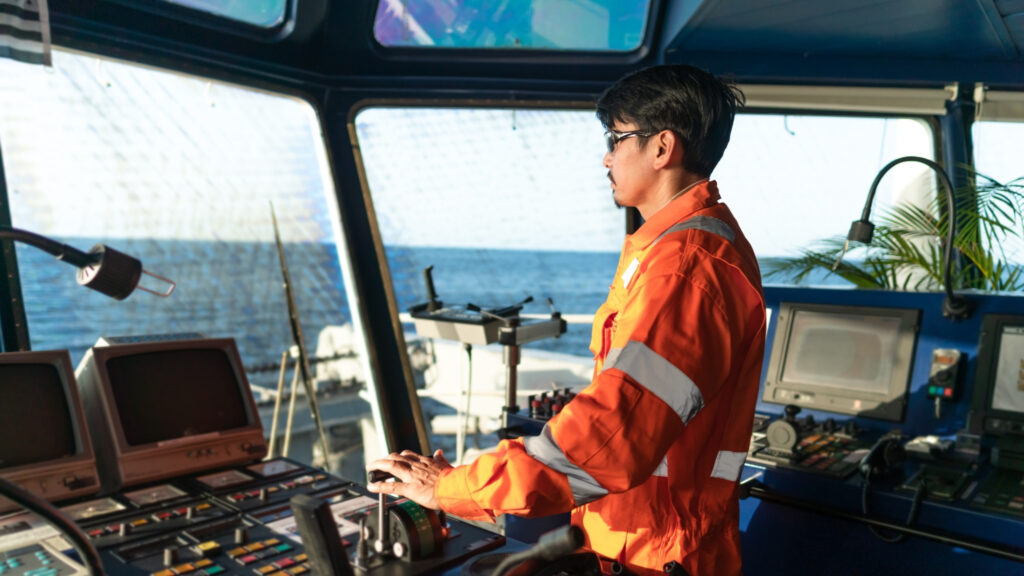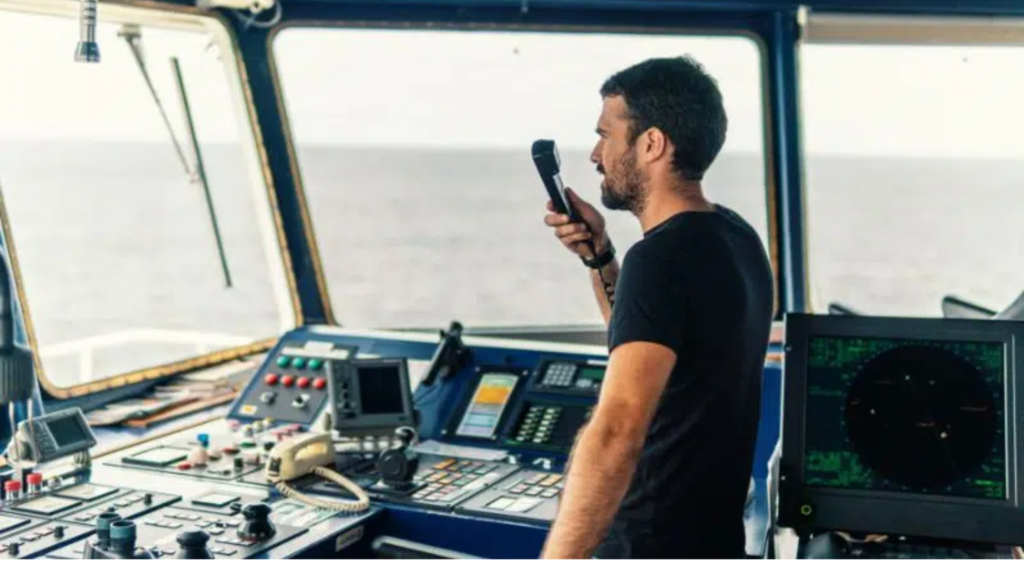Communication at sea isn’t just about exchanging pleasantries while sipping Navy grog. It’s a complex tapestry woven together by rules, regulations, and internationally accepted phrases that ensure safety and coordination, be it in the midst of a storm or a serene sunset. Every ship’s success hinges on a robust communication system — not just for chit-chat among crew members but also for conveying vital technical information about internal ship operations and external navigation concerns.



Standard Marine Communication Phrases (SMCP) are the maritime equivalent of a lifebuoy: essential, life-saving, and definitely not something to take lightly. Established by the International Maritime Organization (IMO) back in 1977, these guidelines replaced the clunky Standard Marine Navigation Vocabulary and are designed to create a universal language for sailors and mariners across the globe. But what’s in this nautical lexicon, and why is it crucial? Let’s dive in!
The SMCP consists of two main parts:
- Part A: This section focuses on external communications. Think of it as your ship’s way of chatting with the port authority, other vessels, or wayward mermaids, using vibes dictated by ITU Radio regulations.
- Part B: This segment is all about the ship’s internal conversations. Crew members follow established protocols to ensure everyone stays in sync, just like a well-rehearsed sea shanty.
While it may seem that these phrases are merely suggestions, their structured nature is imperative for avoiding miscommunication or misunderstandings—because in maritime operations, there’s little room for ambiguity when you’re navigating treacherous waters.
Key Features of Standard Marine Communication
To ensure smooth sailing, it’s vital that these phrases are strictly adhered to without resorting to abbreviations or informal slang. When asked a question, don’t just give a curt “yes” or “no.” Instead, go for the full Michelin-star answer, like “Yes, this is indeed X.” Clarity is key!
And when it comes to spelling, forget about the easy-going “A for Apple.” Instead, stick to the standardized acrophony: “A for Alpha, B for Bravo,” ensuring that everyone is on the same page—even if they might have accents thick enough to cut through the saltwater.
When it comes to numbers, precision is paramount. Rather than saying “one seventy-five,” we’re talking “one-seven-five,” ensuring that the potential for confusion—like mistaking a vessel’s distance—doesn’t lead to disaster. And remember, zero is a ‘Zero,’ not an ‘O.’ No room for apple-related disambiguation here!
Given the grave stakes involved in maritime navigation, the language of urgency is deliberate. Instead of saying “can I enter the channel?”, it should be “Do I have permission to enter the channel?” Precision in phrasing dictates safe maneuvers.
On the flip side, when communication has gone awry and clarity remains as elusive as a ghost ship, the appropriate response is “Say again (please).” This polite request keeps the lines open and ensures understanding.
Now, let’s not forget about the special distress signals—think of them as the ship’s version of screaming at the top of your lungs. ‘MAYDAY’ for extreme distress, and ‘PAN PAN’ for urgency will get anyone from the Coast Guard to your well-intentioned friend to perk up their ears like a dog at the sound of a treat bag crinkling.
Essential Terminology in SMCP
A few critical phrases from the SMCP that every sailor should keep in their back pocket include:
- Abandon Ship: Time to evacuate; it’s not a drill.
- Jettison: When less is more; toss cargo to improve buoyancy.
- Muster: Gather everyone—time to roll call the crew.
- ETA: Let’s get real about our Expected Time of Arrival.
- Crash-Stop: Emergency stop? Engage reverse faster than your crazed cat at the sound of a vacuum.
As we navigate the ever-evolving seas of technology and communication, understanding and adhering to these Standard Marine Communication Phrases not only ensures safety but fosters a unified maritime community. Without them, we risk misunderstanding our fellow seafarers and, worse, potential calamities on the high seas.
Remember that in keeping our communications shipshape, we’re not just maintaining protocol; we’re crafting a fabric of safety that stretches across the oceans. So next time you shout across the deck, let it be with the full weight of SMCP behind you—because the sea is vast, but with the right language, we can face it together!